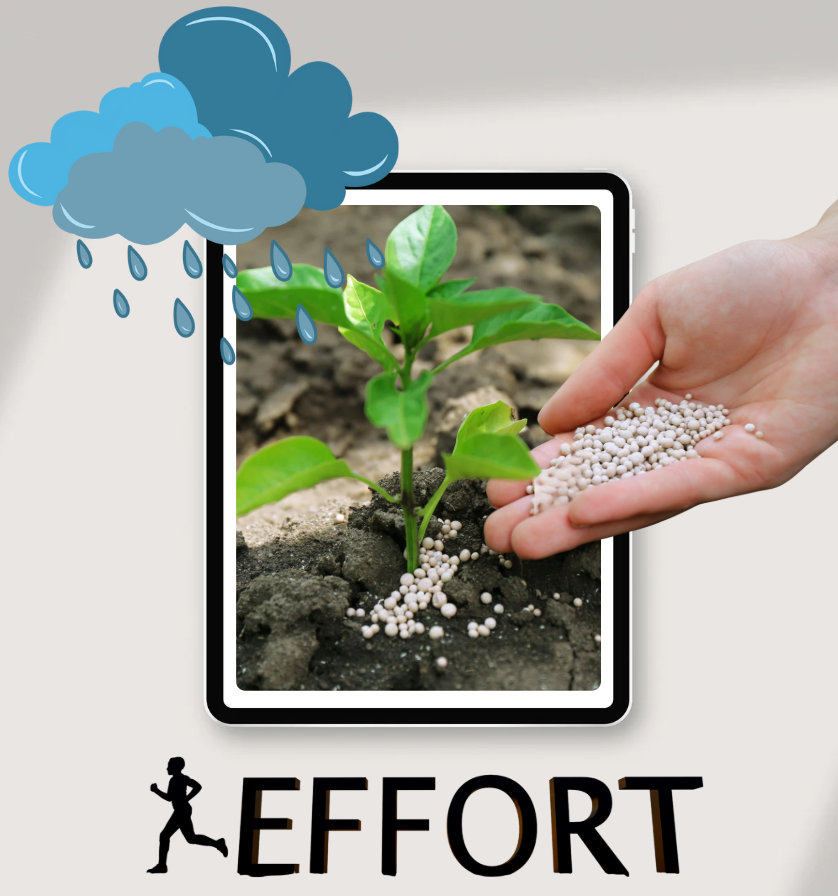
Crops Most Susceptible to Soil-Borne Diseases – What Farmers Need to Know
An overview of crop groups highly vulnerable to soil-borne fungi and bacteria such as Fusarium, Phytophthora, Ralstonia, and more. Learn disease symptoms, potential damage, and prevention strategies to protect your crops and ensure healthy harvests.
Table of Contents
- What Are Soil-Borne Diseases and Why Are They Dangerous?
- Crop Groups Most Affected by Infected Soil
- Identifying Disease Symptoms on Crops
- How to Minimize Damage When Soil Is Infected
- Conclusion
1. What Are Soil-Borne Diseases and Why Are They Dangerous?
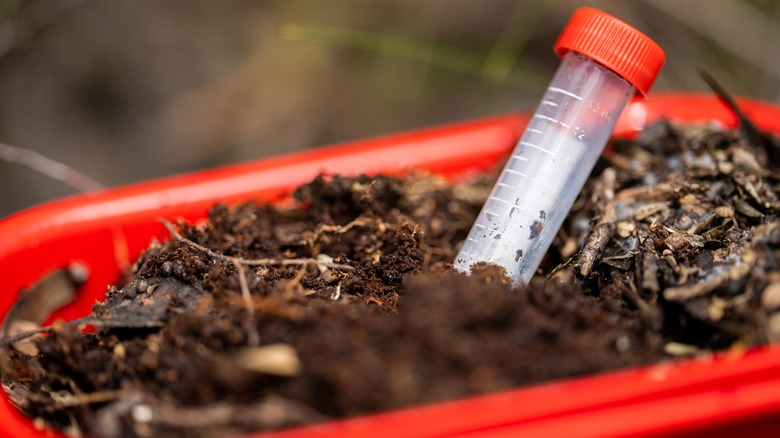
“Soil-borne diseases” refer to soils contaminated with harmful pathogens such as:
- Fungi: Fusarium, Rhizoctonia, Pythium, Phytophthora
- Bacteria: Ralstonia, Erwinia, Agrobacterium
These pathogens can survive long-term in the soil and often reappear in the next season—especially under humid conditions, low pH, or when the same crop is cultivated repeatedly.
➡️ They attack crops from the roots up, damaging stems and leaves, leading to stunted growth, root rot, and plant collapse—often without early warning signs.
2. Crop Groups Most Affected by Infected Soil
🍅 Short-cycle vegetables
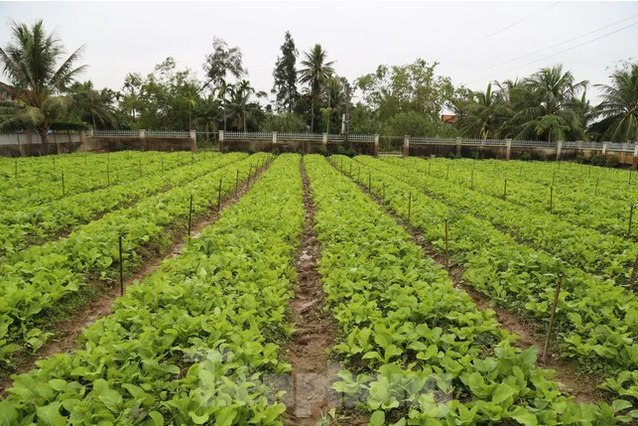
Includes: Tomato, chili, cucumber, watermelon, mustard greens, beans
- Common diseases: Bacterial wilt, root rot, leaf spot, seedling death
- Pathogens: Fusarium, Pythium, Ralstonia
🍍 Fruit trees

Includes: Durian, mango, citrus, longan, guava
- Common diseases: Stem rot, gummosis, rust, crown gall
- Pathogens: Phytophthora, Agrobacterium, Fusarium
🌾 Grains (e.g., rice)

- Common diseases: Leaf yellowing, root blast, grain discoloration
- Pathogens: Rhizoctonia, Fusarium spp.
🥥 Perennial industrial crops

Includes: Black pepper, coffee, rubber
- Common diseases: Root rot, wilting, yellowing leaves
- Pathogens: Phytophthora, Fusarium, Ralstonia
🌺 Flowers and ornamentals
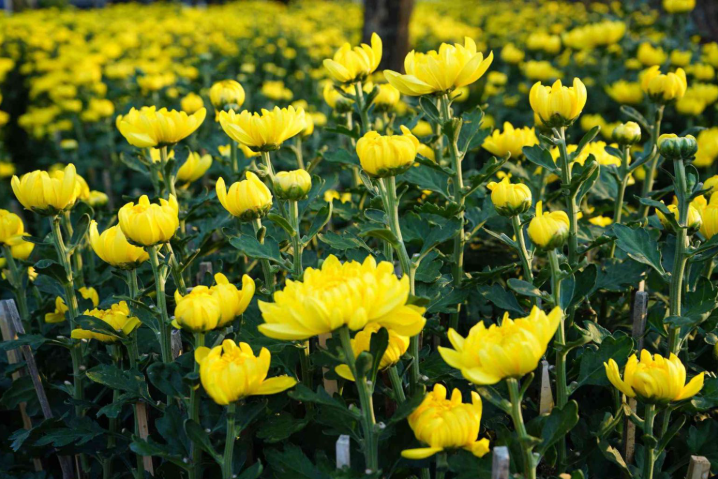
Includes: Chrysanthemum, orchids, roses, marigolds
- Common diseases: Damping-off, soft rot, leaf spot
- Pathogens: Pythium, Rhizoctonia, soft rot bacteria
3. Identifying Disease Symptoms on Crops
|
Symptom |
Possible Pathogen |
|
Yellowing leaves from the bottom up |
Fusarium, nutrient deficiency |
|
Whole plant wilts despite moist soil |
Ralstonia, root decay |
|
Dark, soft, rotting base of stem |
Pythium, Rhizoctonia |
|
Brown leaf spots, dry patches |
Phytophthora, Alternaria |
|
Tumor-like swellings at roots/base |
Agrobacterium (crown gall) |
📌 Note: Some symptoms may resemble nutrient deficiencies. If fertilization shows no results, consider the possibility of soil-borne infection.
4. How to Minimize Damage When Soil Is Infected
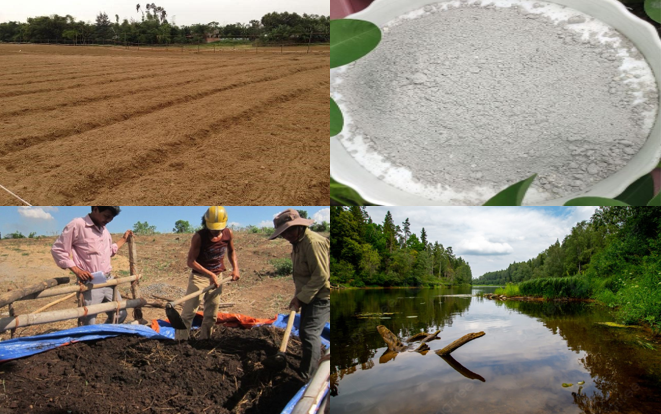
✅ Let the soil rest – Rotate crops – Use unrelated crop families
➡️ Break the disease cycle and reduce pathogen load
✅ Add beneficial microbes (e.g., Trichoderma, Bacillus)
➡️ Create a competitive biological environment that suppresses pathogens
✅ Apply well-composted organic fertilizers + dolomite lime regularly
➡️ Improve soil pH and structure to reduce disease outbreaks
✅ Avoid using polluted water or fresh manure
➡️ Prevent introduction of new pathogens
✅ Use biological soil treatments at the start of the season (if necessary)
➡️ Kill off pathogens before sowing
5. Conclusion
When soil is infected, crops lose vitality from the roots upward—resulting in poor growth, reduced yields, or even widespread plant death.
Vegetables, fruit trees, and ornamentals are especially vulnerable and require careful protection starting with soil health.
👉 Early detection, proactive treatment, and strategic crop rotation are the keys to maintaining healthy soil, vigorous plants, and sustainable harvests.
Bình luận
Những bình luận mới nhất
